Welcome to the Amira-Avizo Software Use Case Gallery
Below you will find a collection of use cases of our 3D data visualization and analysis software. These use cases include scientific publications, articles, papers, posters, presentations or even videos that show how Amira-Avizo Software is used to address various scientific and industrial research topics.
Use the Domain selector to filter by main application area, and use the Search box to enter keywords related to specific topics you are interested in.
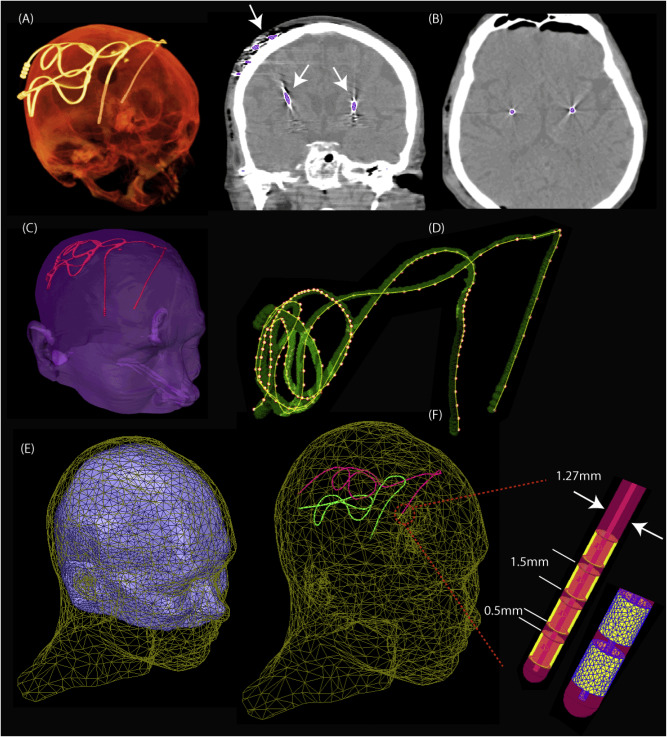
Access to MRI is limited for patients with DBS implants due to safety hazards, including radiofrequency heating of tissue surrounding the leads. Computational models provide an exquisite tool to explore the multi-variate problem of RF implant heating. We used a computational approach to assess RF heating around tips of bilateral DBS leads during MRI at 1.5T and 3T using realistic DBS lead models. A substantial difference was found between the SAR and temperature rise at the tip of right and l... Read more
Laleh Golestanirad, John Kirsch, Giorgio Bonmassar, Sean Downs, Behzad Elahi, Alastair Martin, Maria-Ida Iacono, Leonardo M. Angelone, Boris Keil, Lawrence L. Wald, Julie Pilitsis
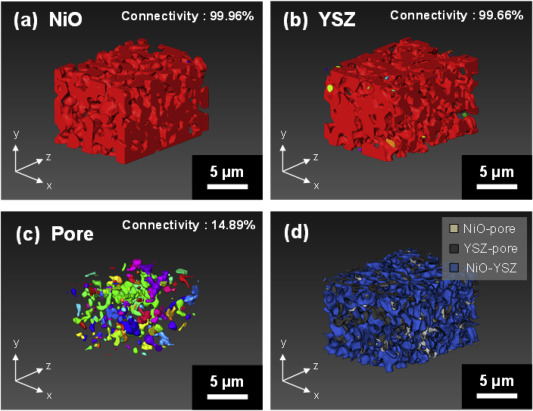
Nickel-yttria-stabilized zirconia (Ni-YSZ) cermet is widely used as an anode material in solid oxide fuel cells (SOFCs); however, Ni re-oxidation causes critical problems due to volume expansion, which causes high thermal stress. We fabricated a Ni-YSZ anode functional layer (AFL), which is an essential component in high-performance SOFCs, and re-oxidized it to investigate the related three-dimensional (3D) microstructural and thermo-mechanical effects. A 3D model of the re-oxidized AFL ... Read more
Jun Woo Kim, Kiho Bae, Hyun Joong Kim, Ji-won Son, Namkeun Kim, Stefan Stenfelt, Fritz B. Prinz, Joon Hyung Shim
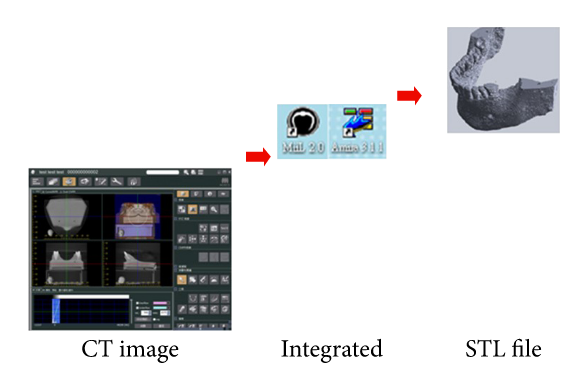
Endosseous oral implant is applied for orthodontic anchorage in subjects with multiple tooth agenesis. Its effectiveness under orthodontic loading has been demonstrated clinically and experimentally. This study investigates the deformation and stress on the bone and implant for different bite forces by three-dimensional (3D) finite element (FE) methods. A numerical simulation of deformation and stress distributions around implants was used to estimate the survival life for implants. The model... Read more
Hsin-Chung Cheng, Boe-Yu Peng, May-Show Chen, Chiung-Fang Huang, Yi Lin, and Yung-Kang Shen
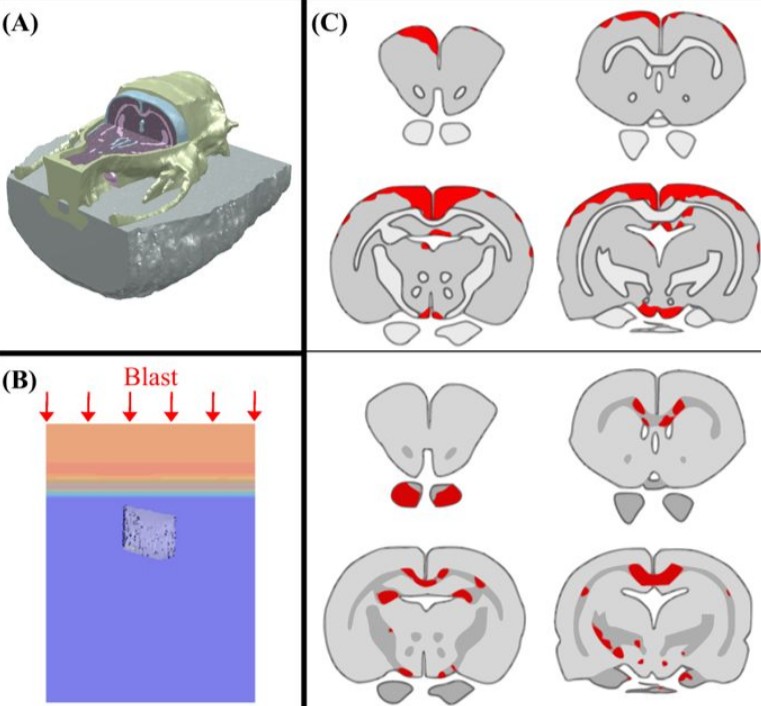
Cognition based bTBI mechanistic criteria; a tool for preventive and therapeutic innovations
Blast-induced traumatic brain injury has been associated with neurodegenerative and neuropsychiatric disorders. To date, although damage due to oxidative stress appears to be important, the specific mechanistic causes of such disorders remain elusive. Here, to determine the mechanical variables governing the tissue damage eventually cascading into cognitive deficits, we performed a study on the mechanics of rat brain under blast conditions. To this end, experiments were carried out to analyse... Read more
Daniel Garcia-Gonzalez, Nicholas S. Race, Natalie L. Voets, Damian R. Jenkins, Stamatios N. Sotiropoulos, Glen Acosta, Marcela Cruz-Haces, Jonathan Tang, Riyi Shi & Antoine Jérusalem
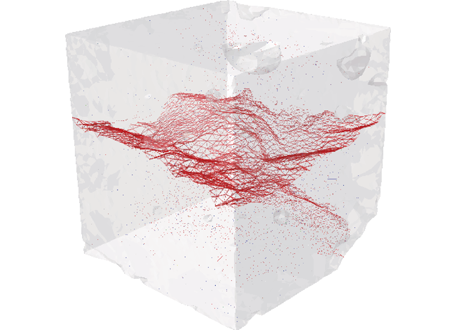
Three-Dimensional In Situ XCT Characterisation and FE Modelling of Cracking in Concrete
An improved understanding of 3D cracking in concrete can be achieved by multiscale experiments and numerical modelling based on realistic microstructures, for the development of materials with higher strength, durability, and fracture resistance.
Three-dimensional (3D) characterisation and modelling of cracking in concrete have been always of great importance and interest in civil engineering. In this study, an in situ microscale X-ray computed tomography (XCT) test was carried out to ... Read more
Wenyuan Ren, Zhenjun Yang, Rajneesh Sharma, Samuel A. McDonald, Paul M. Mummery

Modelling deformation and fracture in confectionery wafers
The aim of this research is to model the deformation and fracture behaviour of brittle wafers often used in chocolate confectionery products.
Three point bending and compression experiments were performed on beam and circular disc samples respectively to determine the ‘apparent’ stress-strain curves in bending and compression. The deformation of the wafer for both these testing types was observed in-situ within an SEM. The wafer is modelled analytically and numerically as a composi... Read more
Idris K. Mohammeda, Maria N. Charalambides , J. Gordon Williams , John Rasburn
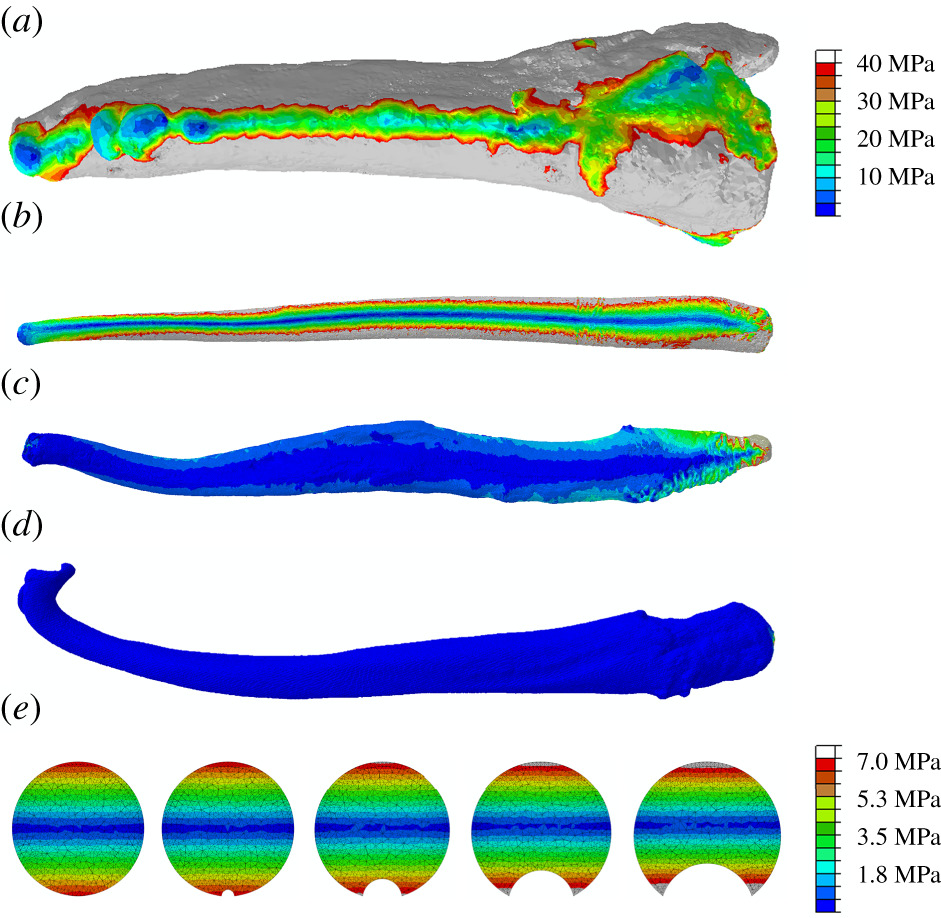
Testing hypotheses for the function of the carnivoran baculum using finite-element analysis
The baculum (os penis) is a mineralized bone within the glans of the mammalian penis and is one of the most morphologically diverse structures in the mammal skeleton. (…) For the first time, to our knowledge, we apply a computational simulation approach (finite-element analysis; FEA) to quantify the three-dimensional biomechanical performance of carnivoran bacula (n = 74) based upon high-resolution micro-computed tomography scans. (…) a highly significant negative relation... Read more
Charlotte A. Brassey, James D. Gardiner, and Andrew C. Kitchener
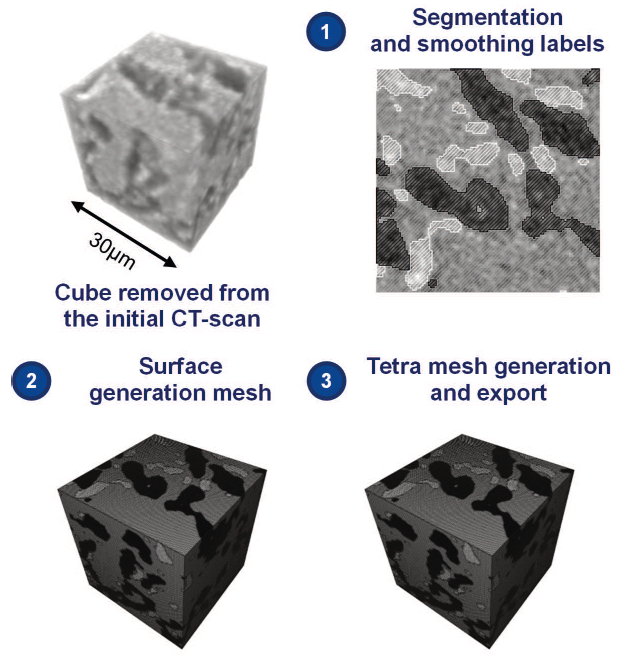
Current materials such nickel based superalloys cannot be used anymore and new materials are thus considered. For the hottest parts of jet engines, eutectic ceramics have potentially interesting features. In order to assess the thermo-mechanical properties of this material, numerical multi-scale analyses may be performed. Thus, a 3D finite element model was generated from a CT scan, representative of the microstructure and with a similar volume fraction. Effective elastic properties were calc... Read more
S. Gourdin, L. Marcin, M. Podgorski, M. Cherif, L. Carroz
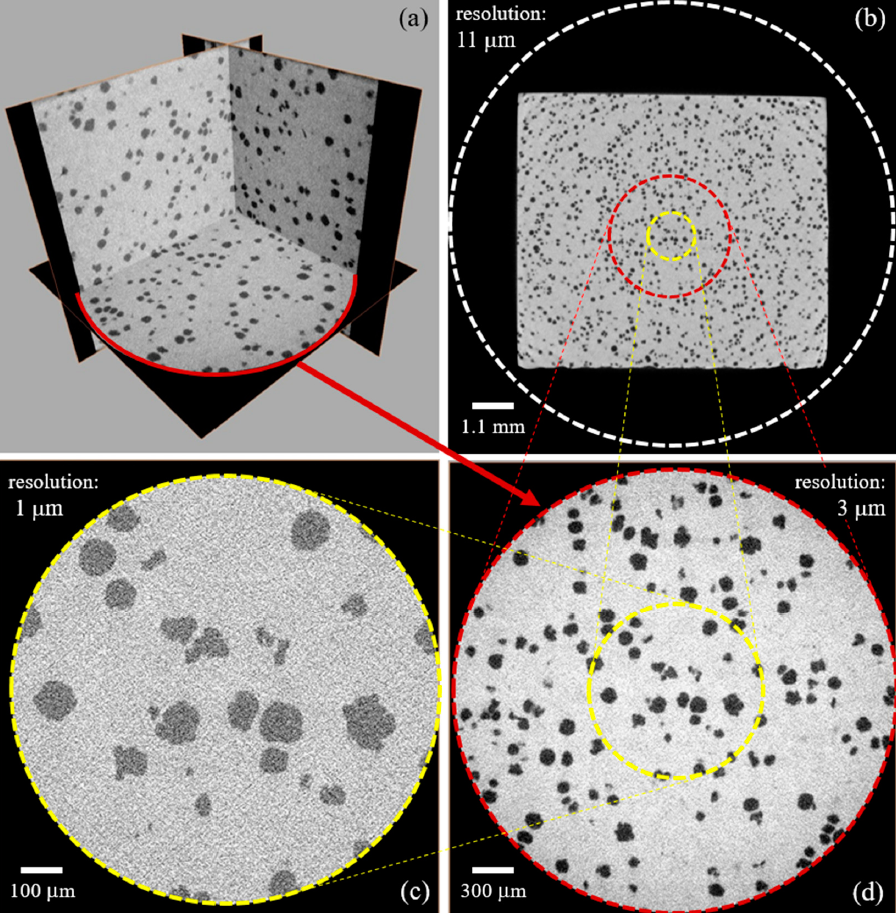
We describe in detail a methodology to estimate the effective elastic parameters of nodular cast iron, using micro-tomography in conjunction with multiscale finite elements. We discuss the adjustment of the image acquisition parameters, address the issue of the representative-volume choice, and present a brief discussion on image segmentation. In addition, the finite-element computational implementation developed to estimate the effective elastic parameters from segmented microstructural imag... Read more
Andre Pereira, Marcio Costa, Carla Anflor, Juan Pardal and Ricardo Leiderman
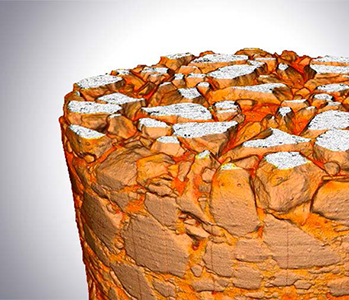
The Division of Highway and Railway Engineering, Royal Institute of Technology (KTH) promotes advances in computational and experimental science in order to develop new materials, tools and systems for improved mobility, transportation safety and infrastructure durability. The group works on analysis and performance-based design of roads and tracks, management as well as operation and maintenance of roads.
Read more
Denis Jelagin, Alvaro Guarin, Ibrahim Onifade, Nicole Kringos, and Bjorn Birgisson (KTH)